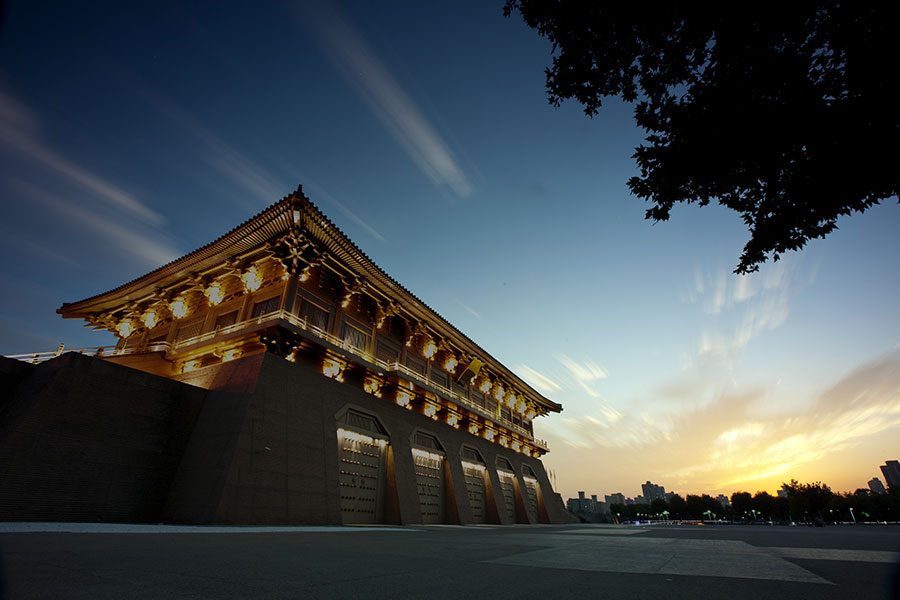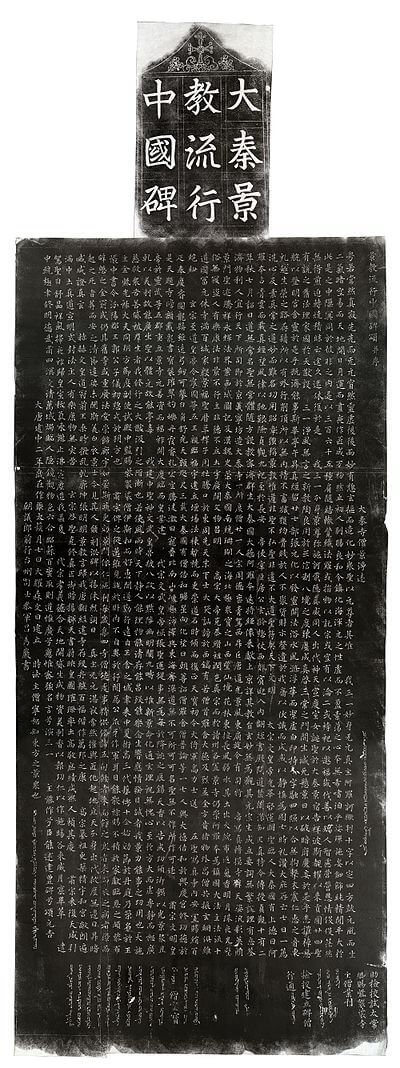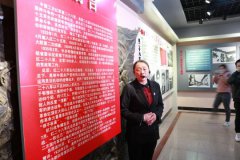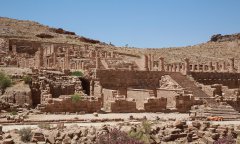It would have been hard to find any city in the 7th century that was more prosperous and cosmopolitan than Xi’an, the then capital of China. Sogdian merchants standing in front of stalls called out to passers-by to inspect their wares, which included Armenia jewels and velvet from Byzantium. Tocharian ladies danced at exotic taverns to attract customers, their blonde braids shimmering under the sunlight. Syriac priests forced their way through crowded streets with a combination of threats and pleas, chanting blessings in different languages. As the world’s largest and busiest city of the time, Xi’an teemed, swirled and reverberated with life.

Xi'an was the capital city of 13 dynasties. [Photo by Pixabay]
As the starting point of the ancient Silk Road, Xi’an, formerly known as Chang’an, was then home to two million inhabitants during the Tang dynasty (618-907), over 100,000 of whom were foreigners. Visitors were easily spellbound by the fusion of thriving international trade and vibrant culture, while a plethora of different ethnicities created an unprecedented connection between China and the world. It was the high point in Chinese civilization, and a golden age of cosmopolitan culture.
1,300 years later, the ancient Silk Road has been reinvigorated and transformed into the new “Belt and Road Initiative”, restoring Xi’an’s dust-laden glories and injecting new charisma into the ancient capital of 13 dynasties. It is now the most important international commercial hub in Northwest China, with 1,667 “Chang’an” freight trains departing from Xi’an to Europe and Central Asia in the first half of 2020, carrying 1.3 million tons of merchandise. It is also a rising high-tech incubator, taking the lead in advanced technologies such as rocket design and pollutant purification.
“Openness and respect for other cultures are core values imprinted in Xi’an’s history, which continue to thrive today. As international and mutual understanding between countries are highly desirable today, Xi’an will provide new opportunities to both China and the world,” said Jing Yali, a history scholar at the Xi’an Forest of Stone Steles Museum.
Cradle of a unity China
The Xi’an City Walls are some of the oldest, largest and best preserved city walls in China. (Photo by Pixabay)
The Terracotta Army that watches over the mausoleum of China’s first emperor Ying Zheng (259 BC –210 BC) in its sequestered underground palace has borne witness to the changes taking place in Xi’an over two millennia. Although the army may seem to be a group of insignificant clay figurines, the role they played in the formation of a united China means this couldn’t be further from the truth.
Dating from approximately the late third century BCE, each terracotta figure has its own unique features, down to the face and toes. The Army includes warriors, chariots and horses, and has more than 8,000 soldiers, 130 chariots with 520 horses, and 150 cavalry horses. In order to run an empire great enough to create such a masterpiece, the emperor assembled talents across the land regardless of their backgrounds and social status. Some were even his enemies from other states.
Dubbed the world’s eighth ancient wonder, the Terracotta Army is a collection of life-sized sculptures depicting the armies of Qin Shihuang, China’s first emperor. (Photo by Liu Ning)
“The Terracotta Army not only possesses unparalleled artistic value, but also demonstrates the integrity and strength of a united China. Hardworking, disciplined, respectful of talent and open to other civilizations - such virtues were revered by the Qin people and still form the core value of modern Chinese culture,” said Jin Kai, a researcher from Emperor Qinshihuang's Mausoleum Site Museum.
According to Jin, by introducing a range of reforms, such as standardized currency, weights, measures and a unified system of writing, the Qin turned China into a great power. Its stable economy and military strength allowed ambitious projects to be undertaken, including the Great Wall of China and the Terracotta Army, while the name of the dynasty is thought to be the origin of the European name for China.
“In light of what had begun under the Qin, even the striking changes made by later generations take on more of an evolutionary than a revolutionary character,” said Jin.

The Nestorian Stele records ancient China's connection with the world.
As the cradle of a united China, Xi’an was also the world’s largest cosmopolitan city, attracting talents from the world over. The best evidence of this might be the Nestorian Stele located in the Xi’an Forest of Stones Stele Museum. With text in both Chinese and Syriac, the 279-cm limestone block documents 150 years of early Christianity in China. According to the Stele, a Christian missionary named Alopen and his fellow Syriac missionaries came to China from the Eastern Roman Empire through the ancient Silk Road in 635, bringing sacred books and images. While the Nestorian church was considered heretical by the West, the missionary and his fellows were able to find sanctuary in China.








